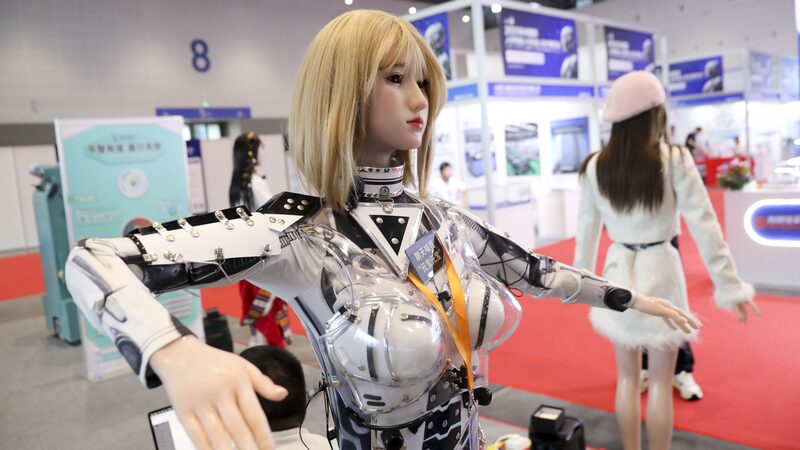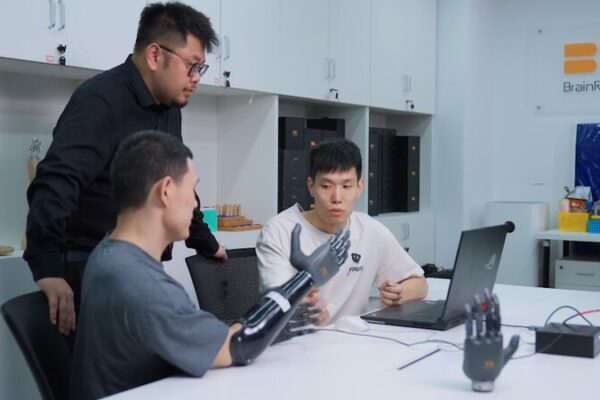Imagine a world where technology not only connects us but also empowers those with physical, cognitive, or sensory impairments to live more independently. This is the promise of intelligent assistive devices—advanced technologies leveraging robotics and artificial intelligence to enhance mobility, communication, and daily living.
According to Yu Hongliu, dean of the Institute of Intelligent Rehabilitation Engineering at the University of Shanghai for Science and Technology, these devices are revolutionizing the way individuals interact with their environment. “Intelligent assistive devices are not just tools; they are enablers that can significantly improve the quality of life for many people,” he says.
From smart prosthetics that mimic natural movement to AI-powered communication devices that give voice to those who cannot speak, the impact of these innovations is profound. They offer a new level of autonomy and inclusion, breaking down barriers that once seemed insurmountable.
However, despite their potential, there are challenges to making these devices widely available. High costs, lack of awareness, and limited access in under-resourced regions hinder their adoption. Yu Hongliu emphasizes the need for collaborative efforts to overcome these obstacles. “We must work together—researchers, governments, and communities—to make these technologies accessible to all who need them,” he urges.
As we look to the future, the hope is that intelligent assistive devices will become commonplace, ensuring that everyone has the opportunity to ‘walk’ into a more inclusive and empowered world.
Reference(s):
cgtn.com








